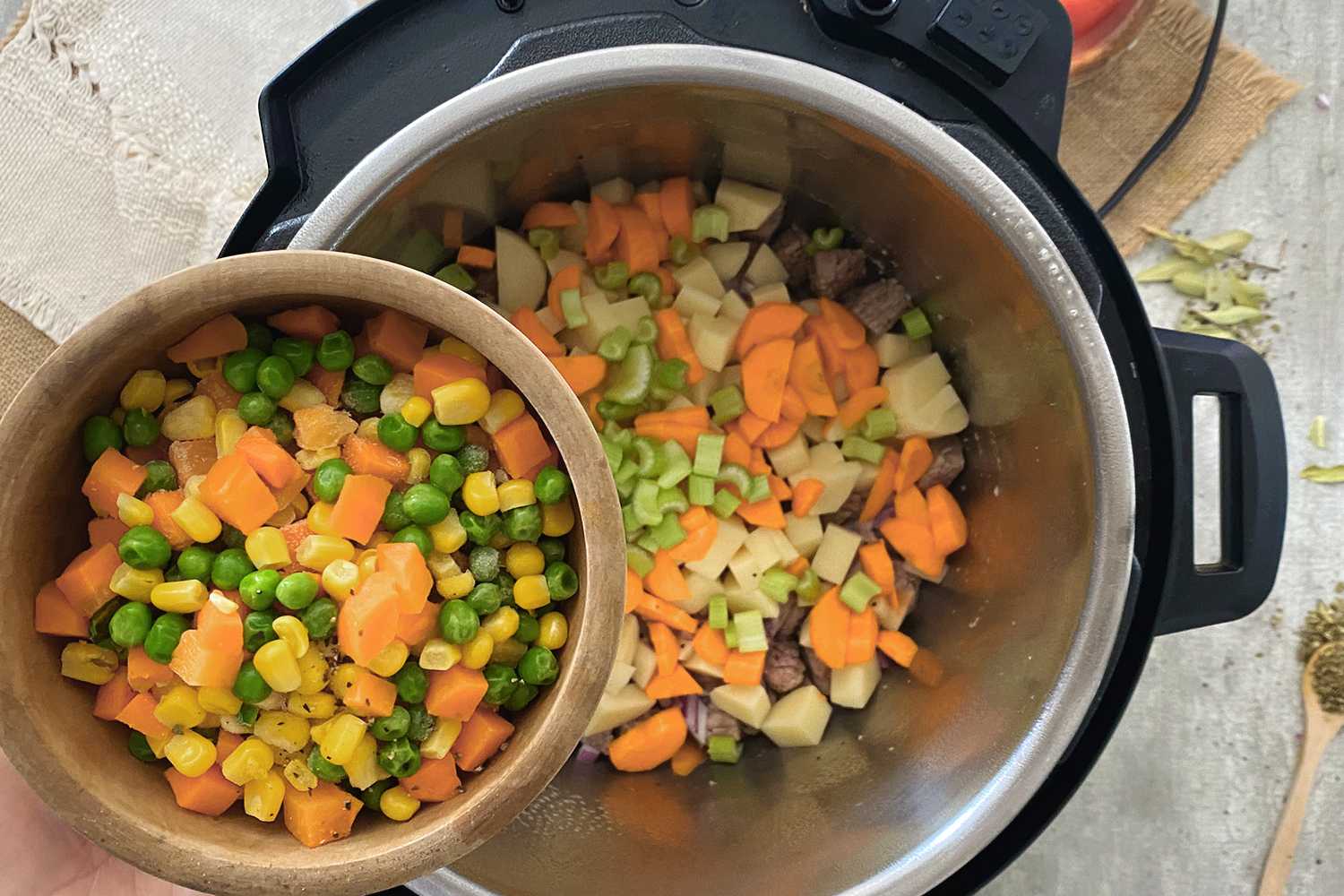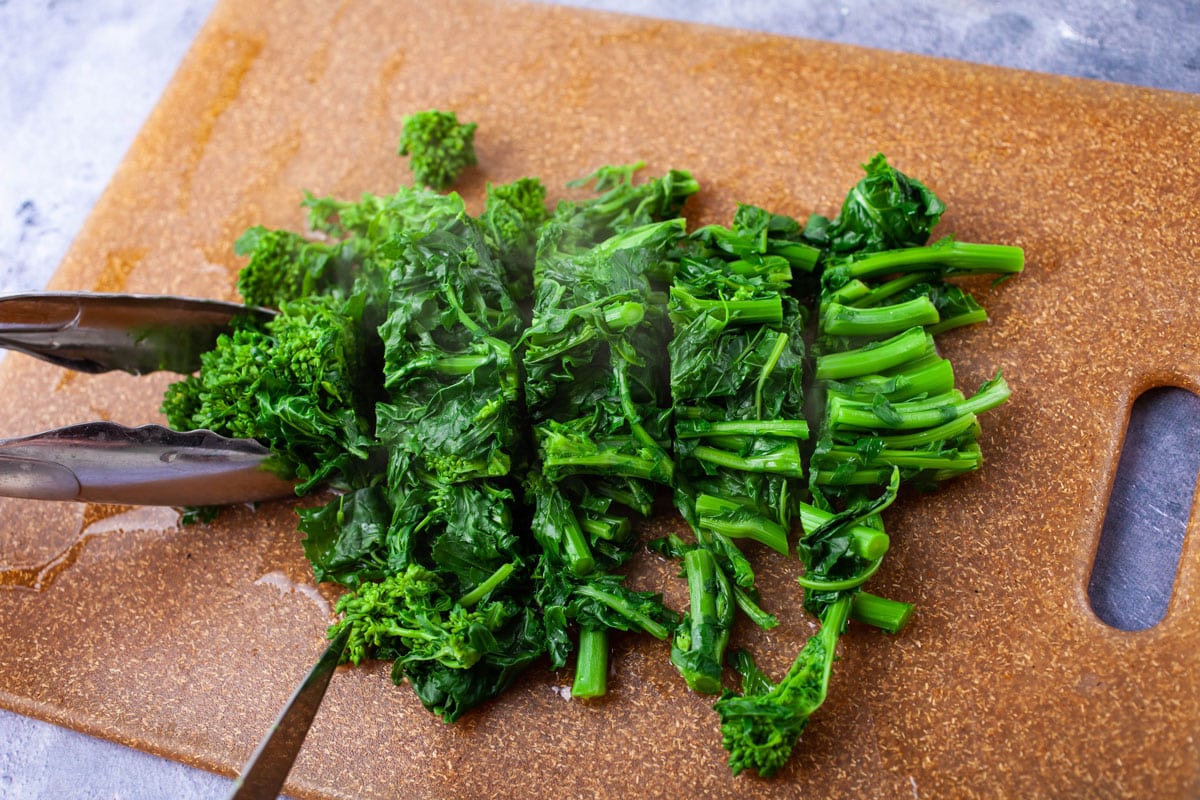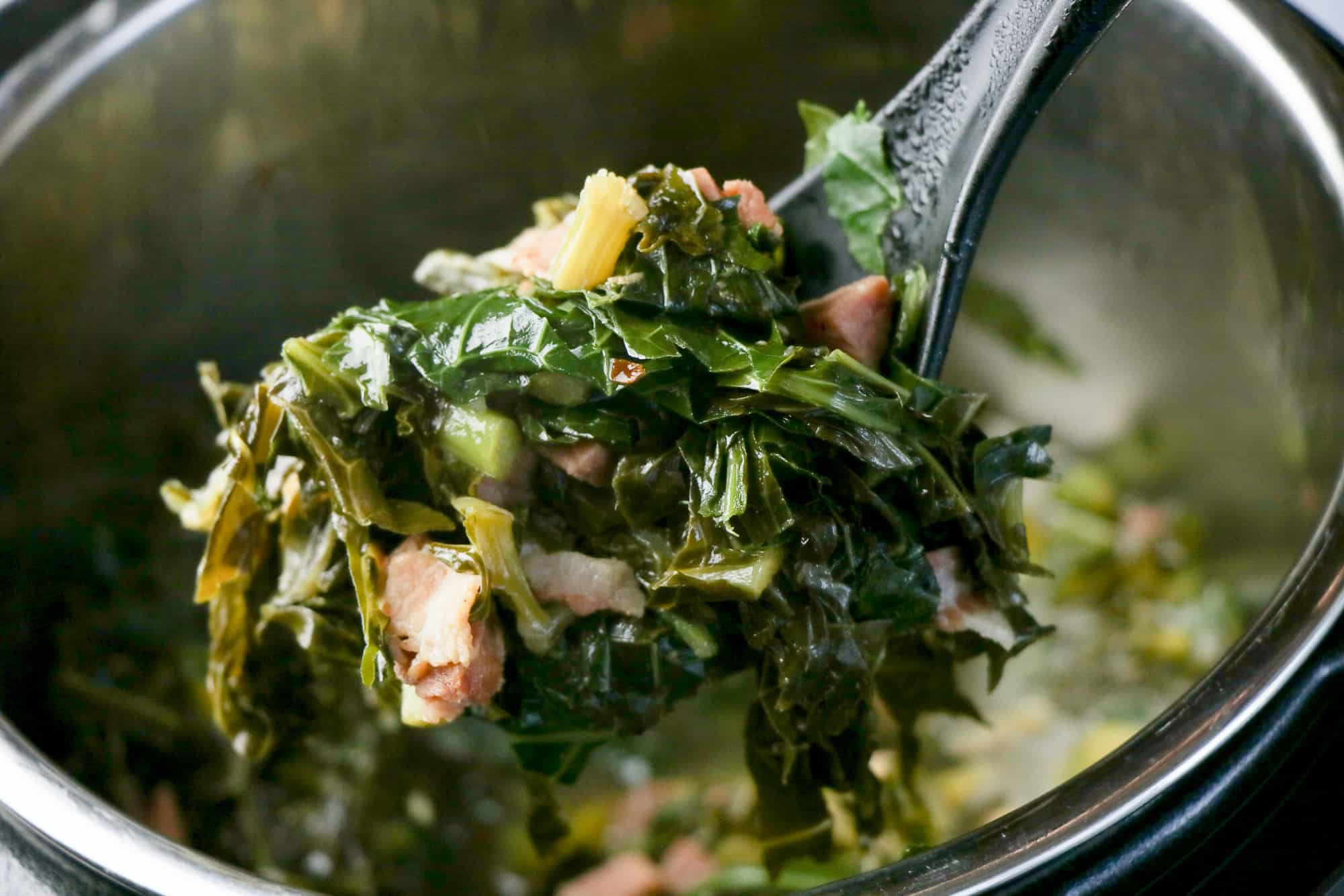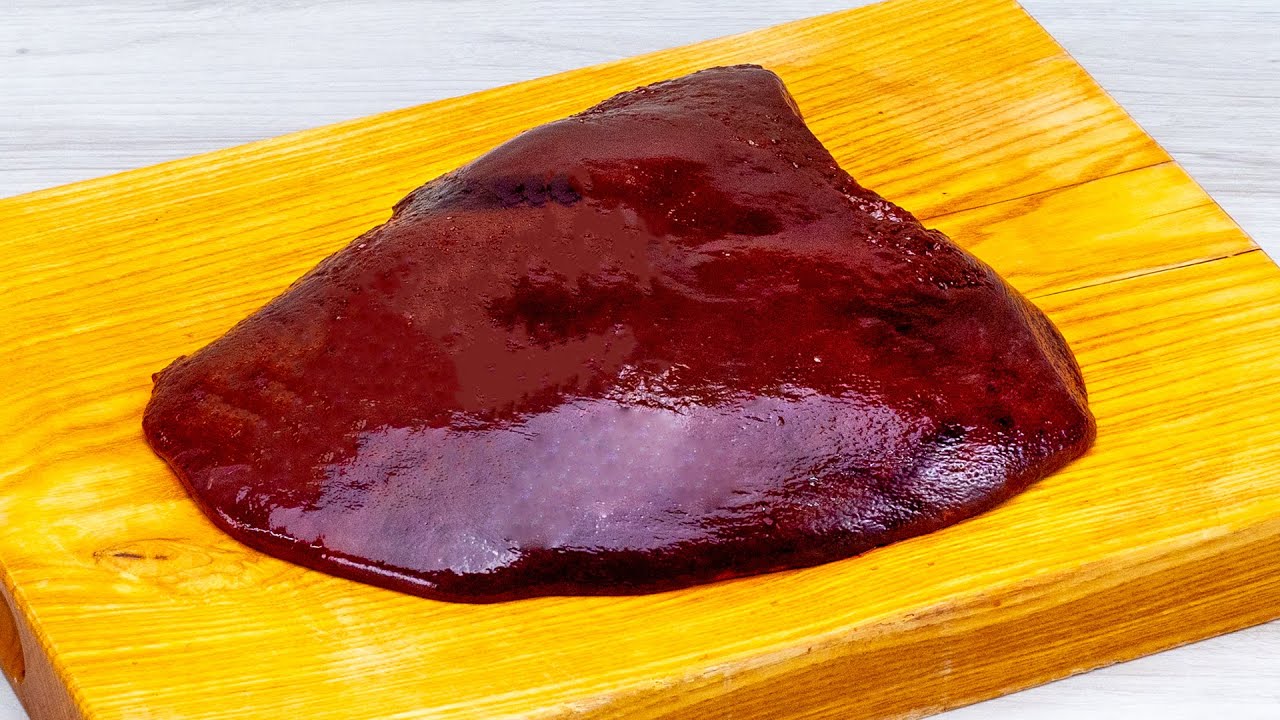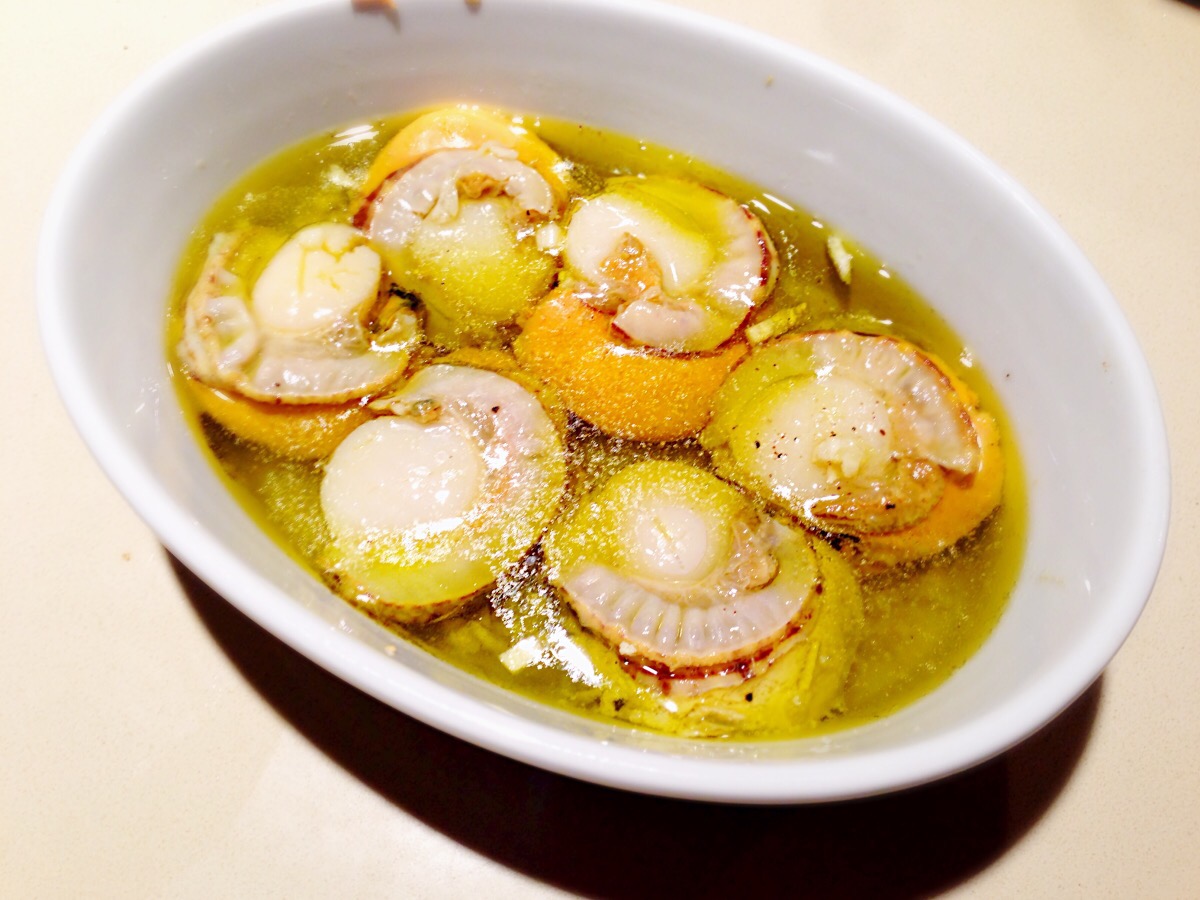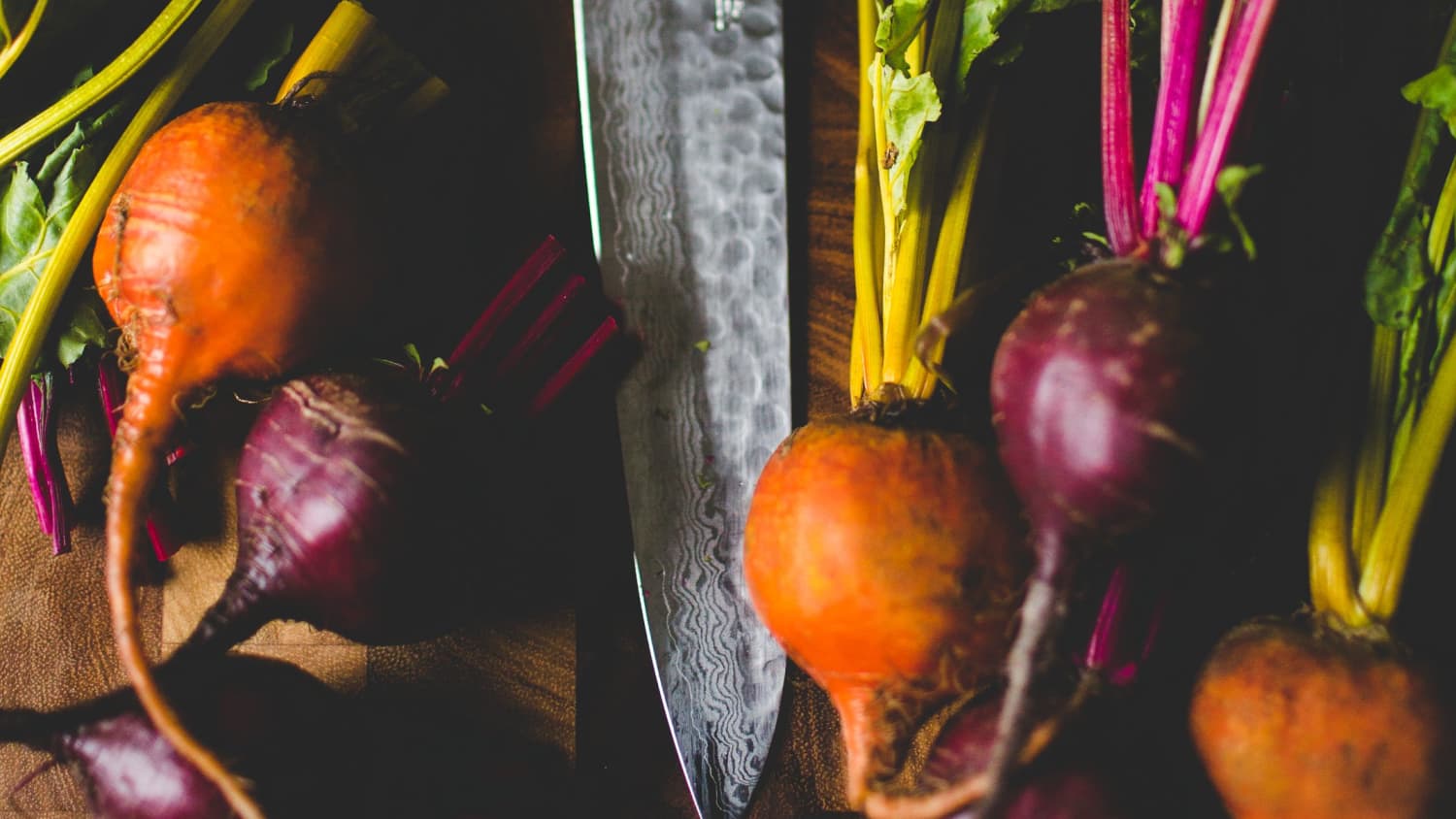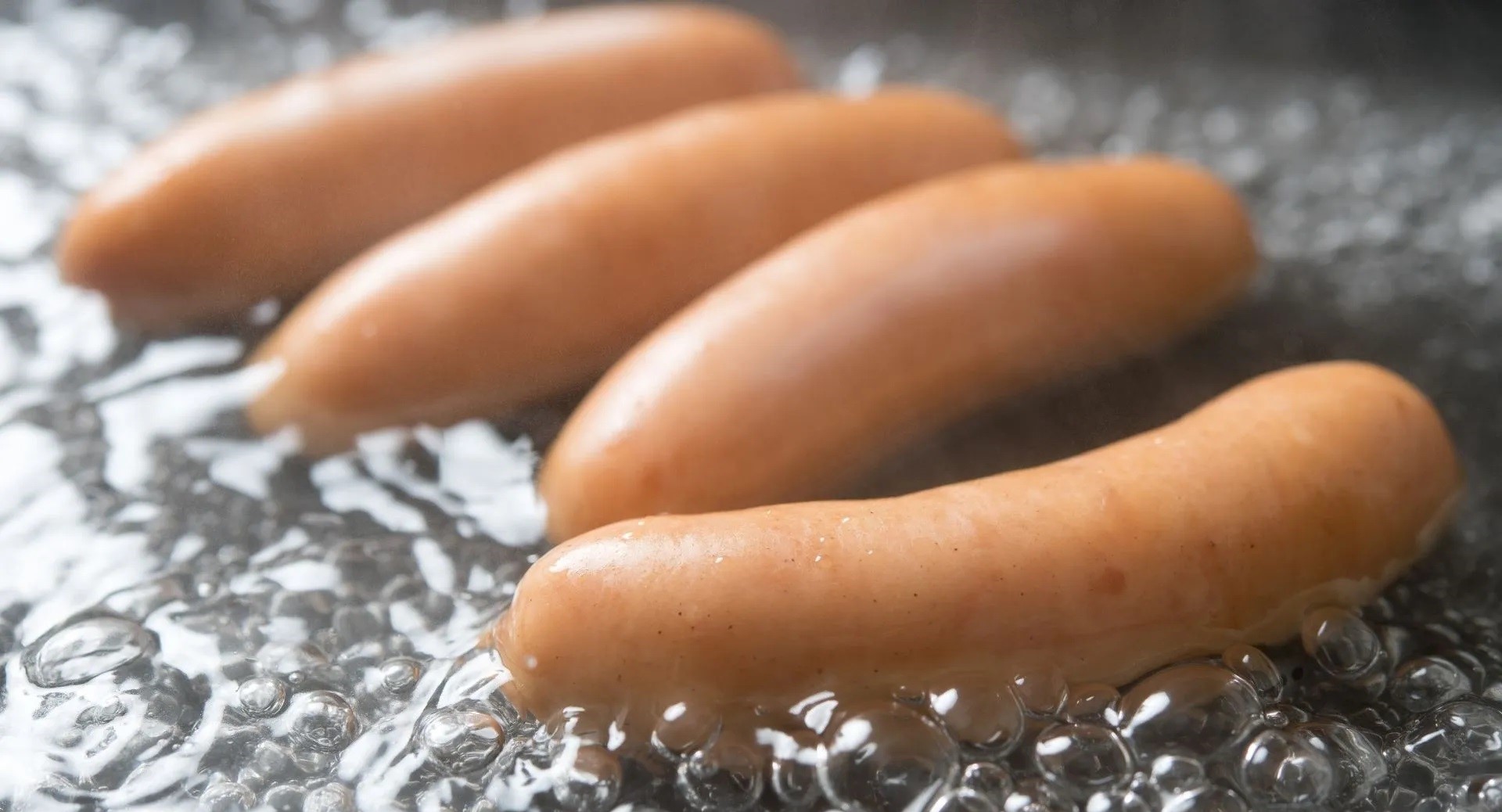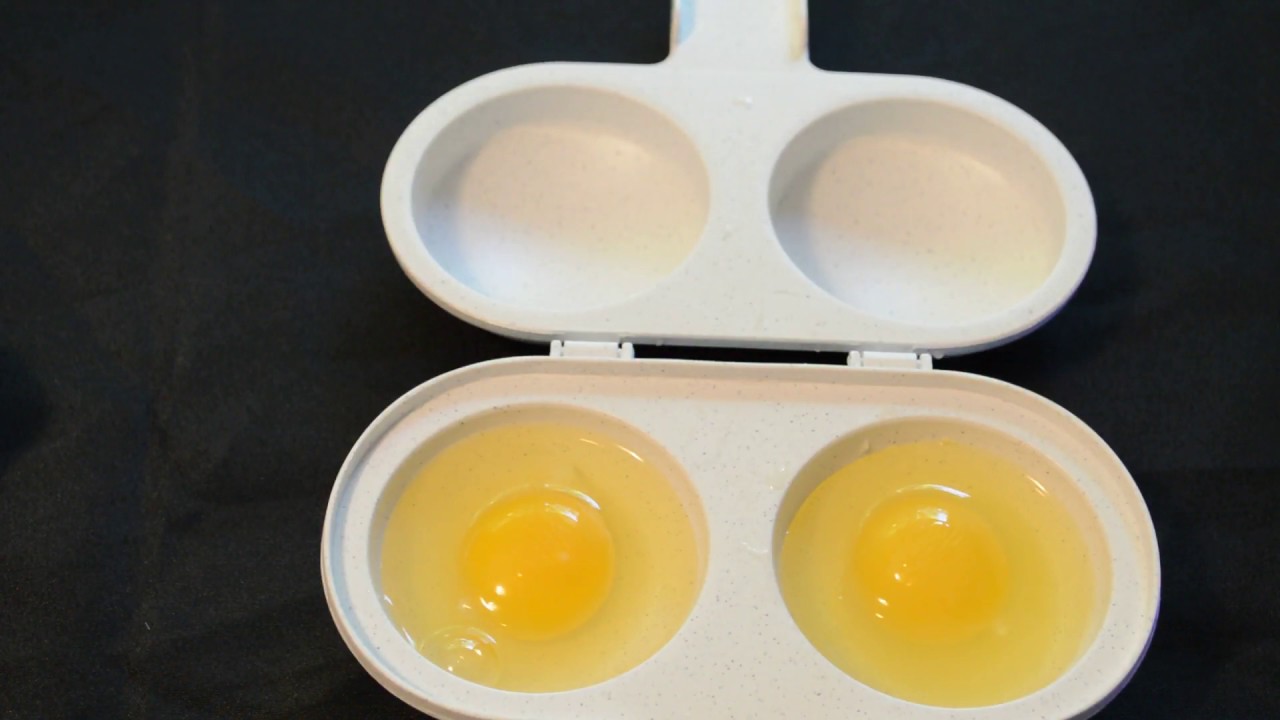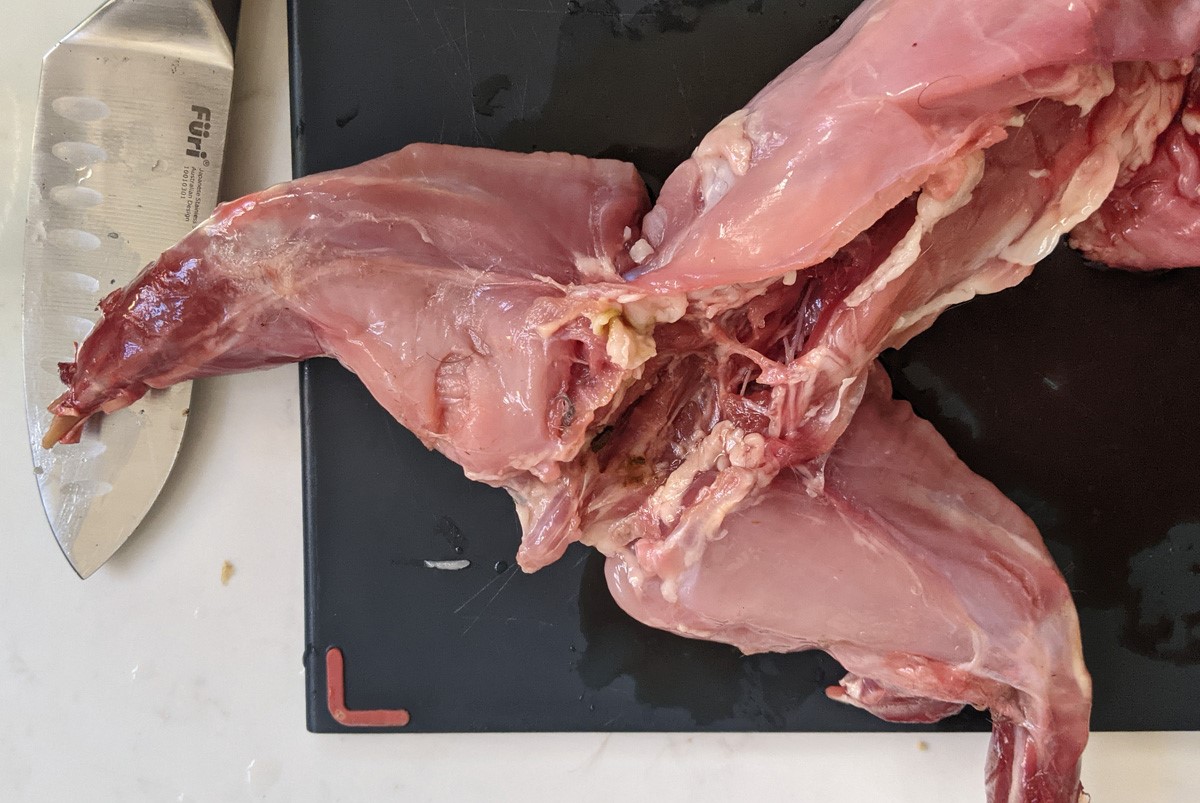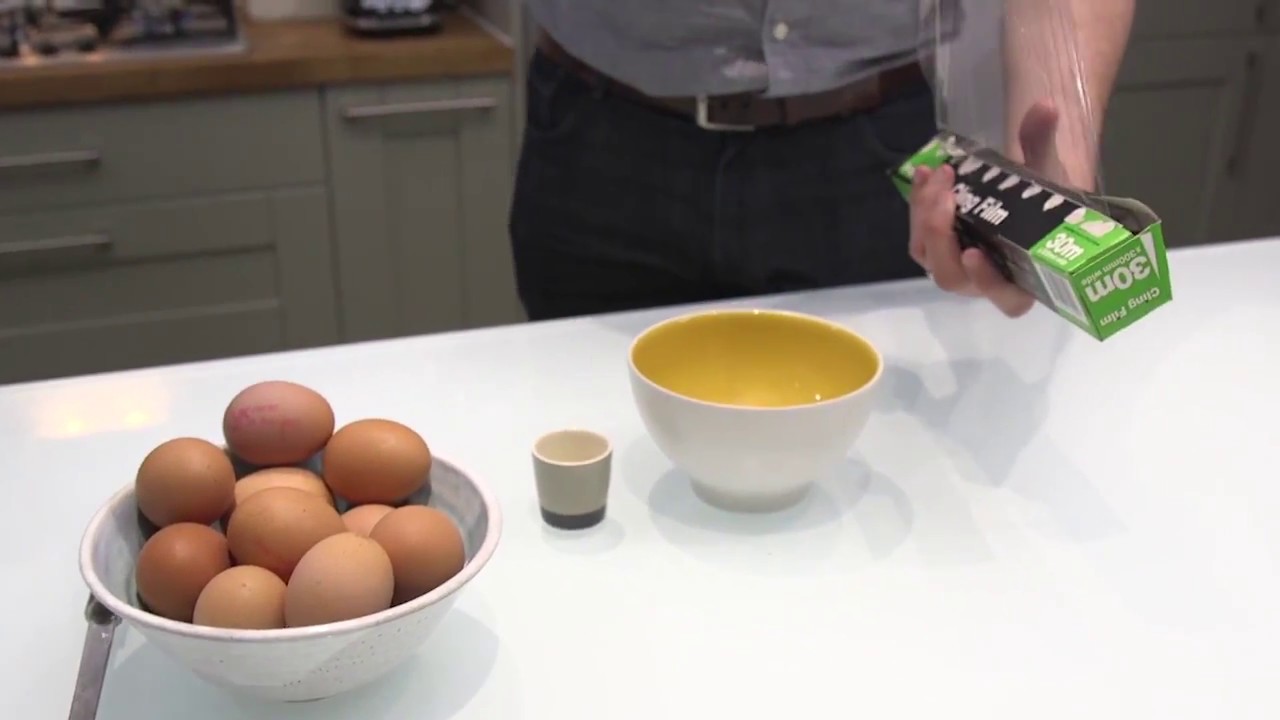Easy Steps to Blanch Broccoli in a Pressure Cooker
Broccoli is a versatile and nutritious vegetable that can be enjoyed in a variety of ways. One popular method of preparing broccoli is blanching, which helps to retain its vibrant color and crisp texture. If you’re short on time, using a pressure cooker can speed up the blanching process without sacrificing the quality of the broccoli. Here’s how to blanch broccoli in a pressure cooker in just a few simple steps:
What You’ll Need:
- Fresh broccoli
- Pressure cooker
- Water
- Ice water bath
- Tongs or slotted spoon
Step 1: Prepare the Broccoli
Start by washing the broccoli under cold water to remove any dirt or debris. Once clean, use a sharp knife to trim the stems and cut the broccoli into florets of similar size. This will ensure that the broccoli cooks evenly.
Step 2: Add Water to the Pressure Cooker
Next, pour a cup of water into the pressure cooker and insert the steamer basket. The steamer basket will keep the broccoli above the water, allowing it to steam rather than boil.
Step 3: Steam the Broccoli
Place the broccoli florets in the steamer basket, ensuring that they are spread out in an even layer. Close the pressure cooker lid and set the valve to the sealing position. Cook the broccoli on high pressure for 1-2 minutes, depending on the size of the florets.
Step 4: Quick Release and Ice Bath
Once the cooking time is up, perform a quick pressure release to allow the steam to escape. Carefully open the lid and, using tongs or a slotted spoon, transfer the broccoli to a bowl of ice water. The ice water bath will shock the broccoli and stop the cooking process, preserving its bright green color and crisp texture.
Step 5: Drain and Serve
After a minute or two in the ice water bath, remove the broccoli and drain any excess water. Your blanched broccoli is now ready to be served as a side dish, added to salads, or used in your favorite recipes.
Blanching broccoli in a pressure cooker is a quick and convenient way to prepare this nutritious vegetable while preserving its color and texture. Whether you’re cooking for a weeknight dinner or meal prepping for the week ahead, using a pressure cooker can help you get perfectly blanched broccoli in no time.
So, next time you’re craving some delicious and vibrant broccoli, don’t hesitate to use your pressure cooker for a hassle-free blanching experience!
For those looking to make the most of their pressure cooker skills, there are a few recipes that really stand out. Start with Broccoli and Cheese Casserole for a comforting dish that combines creamy cheese with perfectly blanched broccoli. Try Broccoli Alfredo Pasta for a rich, flavorful meal that showcases how tender broccoli can be when prepared correctly. If you're in the mood for something hearty, the Chicken and Broccoli Alfredo Bake is a must-try, blending savory chicken with creamy Alfredo sauce and blanched broccoli. For a refreshing yet filling option, Broccoli Salad with Bacon and Cranberries offers a delightful mix of textures and flavors, with the blanched broccoli providing the perfect crunch. Lastly, Broccoli and Shrimp Stir-Fry is a quick and healthy weeknight dinner that pairs succulent shrimp with vibrant, blanched broccoli in a savory sauce.
